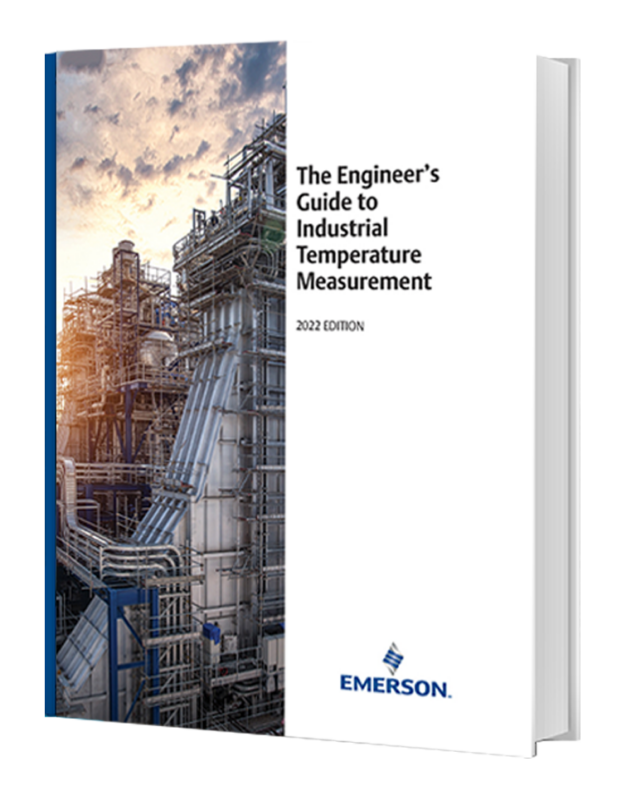Temperature affects many things in our daily lives, from the foods we cook to the comfort level of our homes and the clothes we select for the weather each day. Temperature also plays an important role in the manufacturing process of many different products, either in refined chemicals or final consumer-ready products. Even the medications we might take require the right temperature throughout the production process.
each day. Temperature also plays an important role in the manufacturing process of many different products, either in refined chemicals or final consumer-ready products. Even the medications we might take require the right temperature throughout the production process.
Process temperature is a critical factor in industries that run the gamut from oil and gas, refining and chemical, to food and beverage and pharmaceutical. If a temperature measurement is not accurate or reliable for any reason, it can impact such things as process efficiency, energy consumption, and product quality.
Each industry mentioned has multiple temperature measurement points along the process. If the temperature is off at any point, it will cascade down the line and change the process in potentially significant ways. The final product might not meet specifications, or a hazardous situation might arise if the process materials get too hot.
Consequences of poor temperature readings in different applications
Not being able to rely on the accuracy of temperature readings can have consequences. Below we look at three specific examples where temperature readings need to be accurate or consequences can be considerable.
Pharmaceutical
In pharmaceutical processing, an inaccurate or unreliable temperature reading can ruin a batch of product worth hundreds of thousands of dollars. It can mean a delay in getting important, possibly lifesaving, medications to patients. The same holds true for specific medicines, such as vaccines and some chemotherapy drugs, which must be refrigerated during transport and storage.
Safety Instrumented Function
In a Safety Instrumented Function in a Safety Instrumented System (SIS), poor performance can lead to significant hazards and additional costs. An error of 2% is considered a dangerous non-diagnosed fault in process industries. An example of the consequences of such an error is that a process can go exothermic and might explode if the temperature is not accurately measured and controlled.
Custody transfer
An area where inaccurate measurements have significant cost consequences is custody transfer. Particularly when the amount of material, often gas, bought and sold is based on a measurement of the volumetric flow rate. However, the amount of material in a specific volume of gas decreases with rising temperatures and increases with falling temperatures (though this is not necessarily true in a closed system). This means knowing the exact temperature of the gas when determining the volumetric flow rate is very important to ensure the correct amount is transferred and billed or paid for.
How to get accurate temperature measurements
A temperature measurement in its simplest form requires a sensor that is often wired into a control system such as a PLC or DCS. However, industrial environments usually necessitate the use of thermowells to protect the sensor while providing process isolation. Transmitters are also used to amplify the sensor’s low level signal (ohm or mV) into a more robust 4-20 mA signal while providing additional functionality, including advanced diagnostics.
There are many factors that go into selecting, installing, and maintaining the various components that make up a Temperature Measurement assembly. Over the next few weeks, we will delve deeper into transmitters, thermowells, and some newer capabilities like the Rosemount™ Twisted Square™ Thermowell and Rosemount X-well™ Technology. We will examine the purposes and advantages of using transmitters, as well as their features, capabilities, and diagnostics. We will review thermowell basics, including the calculations needed to size them for an application, and we will examine how to greatly simplify the thermowell design process with the Rosemount Thermowell Design Accelerator. We’ll also look at some of the best practices when Rosemount X-well Technology, which obtains process temperature measurements without the need for a thermowell, might be better suited for various monitoring applications than a thermowell.
In the meantime, download The Engineer’s Guide to Industrial Temperature Measurement – 2022 Edition to learn everything you need to know about these temperature components.